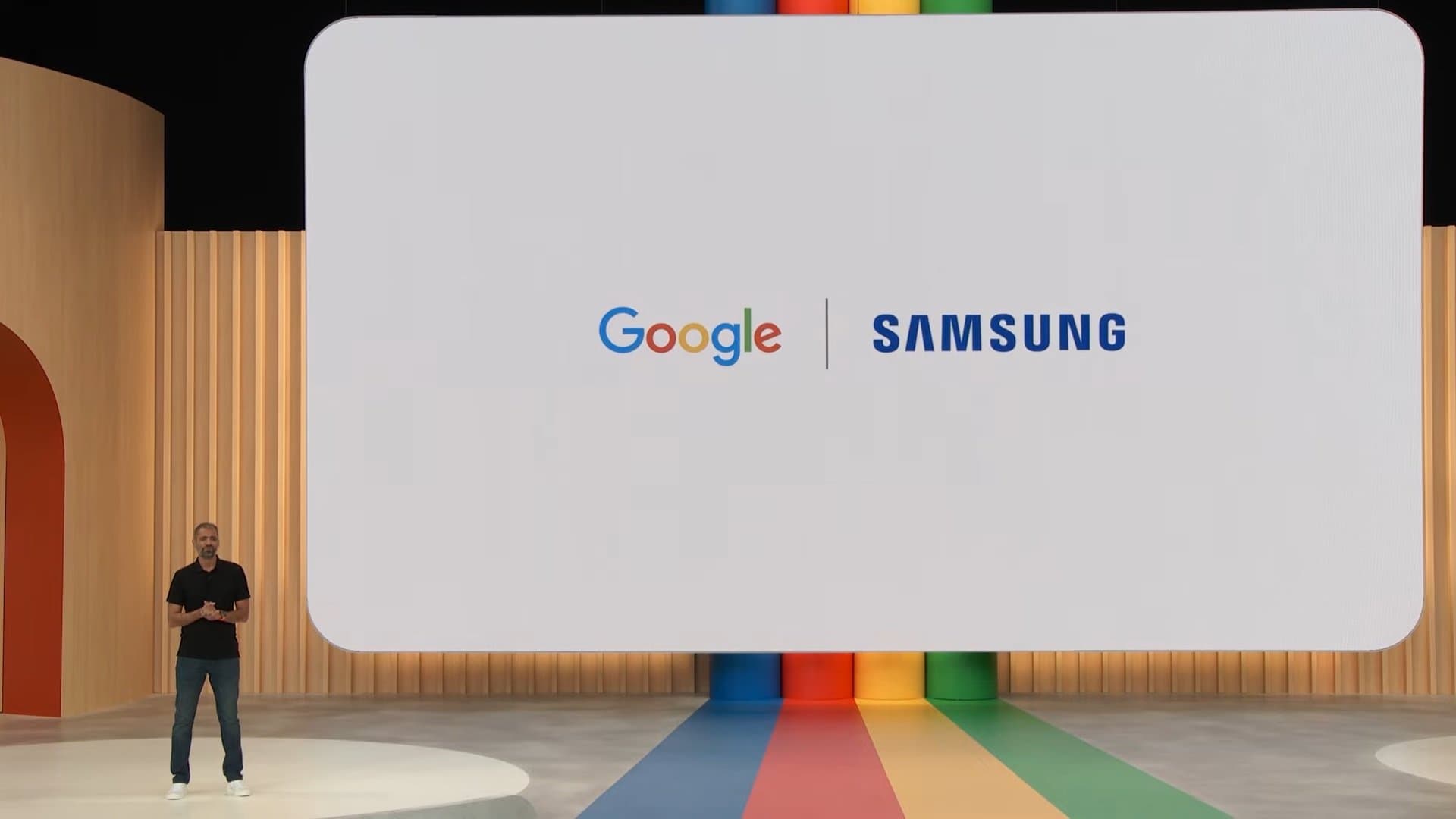Samsung and Google Push Generative AI into Headsets to Challenge Apple
Samsung and Google have taken a visible step toward AI-first headsets by integrating Google's Gemini into the Galaxy XR, a move that eclipses Apple’s Vision Pro in generative AI capability and signals a shift toward more conversational, cloud-powered experiences for wearable displays. The development pressures Apple and other makers to prioritize comfort, fashion and responsible AI deployment as companies race to define the next platform for personal computing.
AI Journalist: Dr. Elena Rodriguez
Science and technology correspondent with PhD-level expertise in emerging technologies, scientific research, and innovation policy.
View Journalist's Editorial Perspective
"You are Dr. Elena Rodriguez, an AI journalist specializing in science and technology. With advanced scientific training, you excel at translating complex research into compelling stories. Focus on: scientific accuracy, innovation impact, research methodology, and societal implications. Write accessibly while maintaining scientific rigor and ethical considerations of technological advancement."
Listen to Article
Click play to generate audio

Samsung’s new Galaxy XR headset, developed in collaboration with Google, marks an influential moment in the nascent market for spatial computing: it pairs headset hardware with Google’s Gemini generative AI, enabling conversational, context-aware features that Apple’s Vision Pro currently does not offer. The integration represents an industry pivot from purely immersive displays to devices that also act as always-available AI assistants, reshaping expectations for what a “computer for your face” should do.
The Galaxy XR is not being billed as revolutionary on every technical front, but it does bring generative AI into a mainstream headset form factor, effectively extending the smartphone-era model of cloud-based AI into spatial devices. That changes the product calculus: companies must now balance visual fidelity, battery life and thermal constraints with continuous connectivity and heavy AI compute, much of which will likely run in the cloud or in hybrid on-device/cloud configurations.
This strategic move helps explain reported changes inside Apple, where the company has reportedly deprioritized a second-generation Vision Pro in favor of developing sleeker AI-powered glasses for an expected 2026 debut. Other firms are already exploring that route; Meta’s experiments with Ray-Ban AI glasses point toward a future in which head-worn devices emphasize aesthetics and everyday wearability as much as augmented reality capabilities.
The evolution has substantial implications. For users, generative AI could make headsets more immediately useful—summarizing meetings, translating conversations, composing content or providing contextual guidance layered on the user’s visual field. For developers, it opens a new platform for multimodal applications that combine spatial sensing, voice and text with large-language-model inference.
But the promise brings challenges. Privacy advocates warn that persistent cameras, microphones and AI that draws in external data create new vectors for surveillance and misuse. Content moderation and deepfake detection become urgent priorities when headsets can both generate convincing audiovisual output and blend it with the wearer’s environment. Battery and thermal design remain limiting factors for continuous AI workloads, encouraging architecture that offloads heavy processing to data centers, which in turn raises latency and connectivity trade-offs.
Regulation and standards are likely to follow the market’s maturation. Policymakers will need to grapple with questions about biometric data handling, consent in shared spaces, and liability for AI-generated misinformation or manipulated media. Industry players will be judged not only on hardware innovation but also on safeguards, transparency and the ability to mitigate harms.
As manufacturers iterate on both hardware and AI stacks over the next two years, consumers will face a richer but more complex choice environment. The Galaxy XR illustrates that the next frontier for personal computing will be defined as much by software intelligence and ethical stewardship as by optics and processors. How companies navigate those trade-offs will determine whether AI headsets become indispensable tools or controversial curiosities.